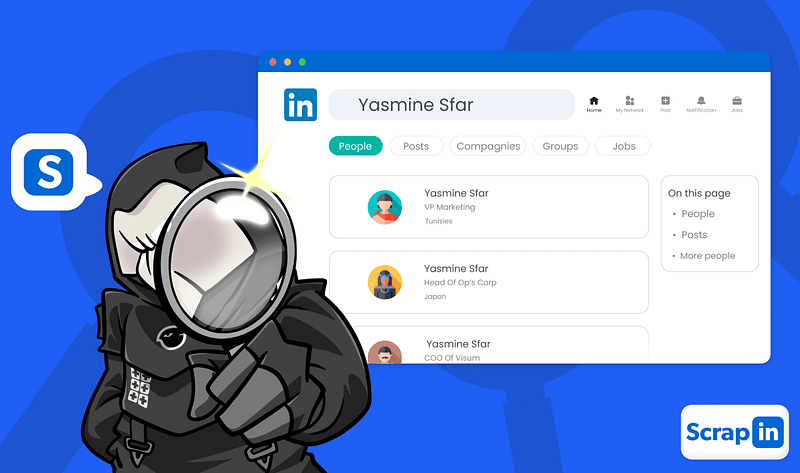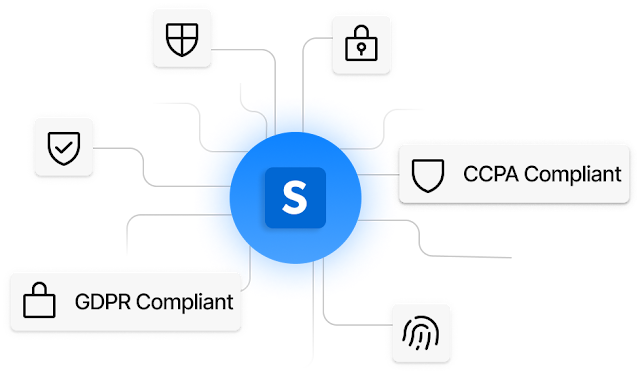Unlocking the Power of LinkedIn Data Scraping: A Comprehensive Guide
In today's data-driven world, extracting valuable insights from social media platforms has become a cornerstone for business success. LinkedIn, a hub for professionals, holds an enormous treasure trove of information about individuals and companies. This has given rise to the need for LinkedIn data scraping, a process that automates data extraction for various purposes. Whether it's to enhance marketing efforts, recruit the best talent, or analyze competitors, using a LinkedIn data scraper can simplify these tasks and save valuable time.
What is LinkedIn Data Scraping?
The LinkedIn data scraping is the practice of extracting information from corporate pages, job vacancies, LinkedIn profiles, and other platform content using automated methods. This approach lets companies compile vast amounts of structured data—that which would normally need human gathering. With a LinkedIn data scraper, users can effortlessly obtain details such as contact information, professional background, job titles, industry, and company details, all of which are incredibly valuable for strategic decision-making.

Benefits of LinkedIn Data Scraping
The ability to scrape LinkedIn data offers several advantages. First of all, it drastically cuts the time and effort required to compile useful corporate intelligence. Instead of manually searching through profiles and company pages, a LinkedIn data scraper can quickly extract large sets of data, enabling businesses to analyze trends and identify opportunities. Furthermore, this automation ensures higher accuracy, reducing human error in the data collection process. It empowers marketing teams to segment audiences based on precise criteria and aids recruiters in sourcing top-tier talent more efficiently.
Ethical Concerns in LinkedIn Data Scraping
Although there are many advantages to LinkedIn data scraping, there are also moral and legal issues. LinkedIn has tight terms of service that forbid illegal data scraping from the network. Scraping without the consent of the platform may result in account suspension or legal action. It's crucial to ensure that the data collection methods used comply with LinkedIn's policies and that any data gathered is used responsibly. Businesses must strike a balance between leveraging scraping tools for efficiency and respecting privacy regulations.
How LinkedIn Data Scrapers Work
A LinkedIn data scraper operates by using bots or scripts that mimic human behavior on LinkedIn. These tools navigate through LinkedIn profiles or pages, extracting publicly available information based on predefined parameters. For example, a scraper might search for professionals with specific skills or filter out candidates based on their location or industry. Once the scraper finds pertinent profiles, it compiles the data into a neat format such as CSV or JSON, therefore facilitating company analysis and application in their processes.
LinkedIn Data Scraping for Marketing
For marketers, LinkedIn data scraping is a game-changer. It allows them to extract targeted lists of professionals and companies that fit specific criteria, enabling hyper-targeted marketing campaigns. By using a LinkedIn data scraper, businesses can build personalized marketing strategies based on precise information such as job roles, industry, and location. Additionally, the tool can be used to track competitors, identify industry trends, and gather insights into potential partnerships, ultimately leading to more informed business decisions.
Legal Ways to Scrape LinkedIn Data
Despite the ethical and legal concerns surrounding LinkedIn data scraping, businesses can still engage in data collection without violating LinkedIn’s terms of service. One way to scrape data legally is by using LinkedIn’s API, which allows businesses to access certain types of data with proper permission. Alternatively, businesses can focus on publicly available data from LinkedIn profiles, ensuring that scraping is done in compliance with LinkedIn’s user agreements. However, it's vital to stay updated on the platform's terms and privacy policies to avoid any legal issues.

Conclusion
To conclude, LinkedIn data scraping provides businesses with valuable insights and opportunities that can enhance marketing, recruitment, and competitive analysis. With the help of a LinkedIn data scraper, tasks that once seemed time-consuming can now be automated, allowing businesses to operate more efficiently. However, it’s important to navigate the ethical and legal landscape carefully. Platforms like Scrapin.io offer powerful scraping tools that help businesses make the most of LinkedIn data while respecting the rules and regulations of the platform.


Comments
Post a Comment